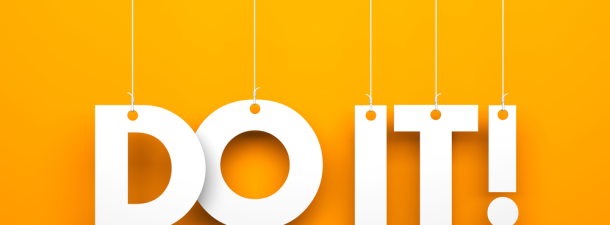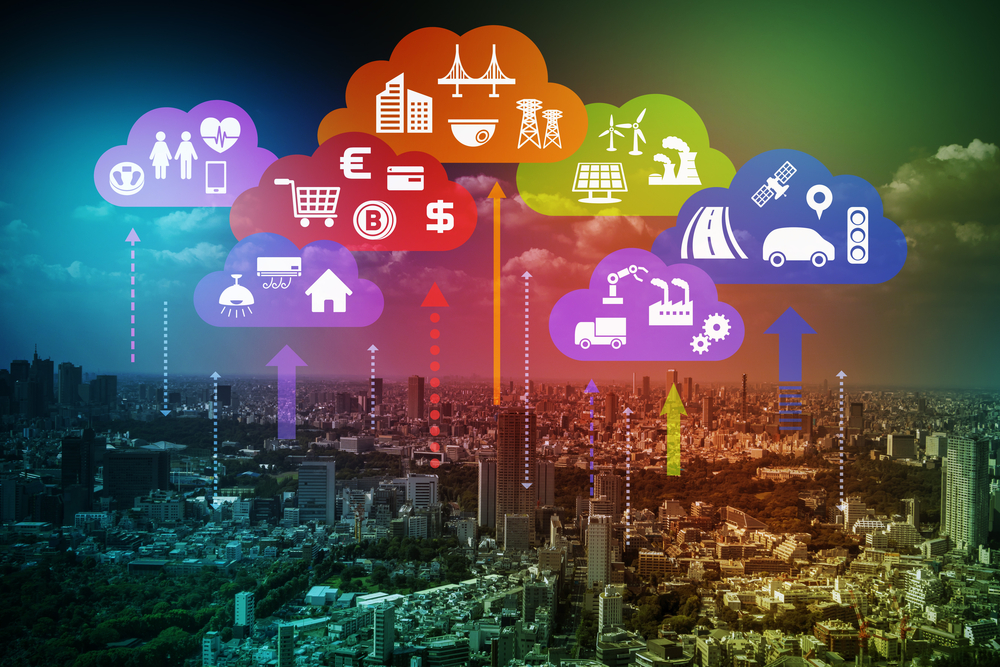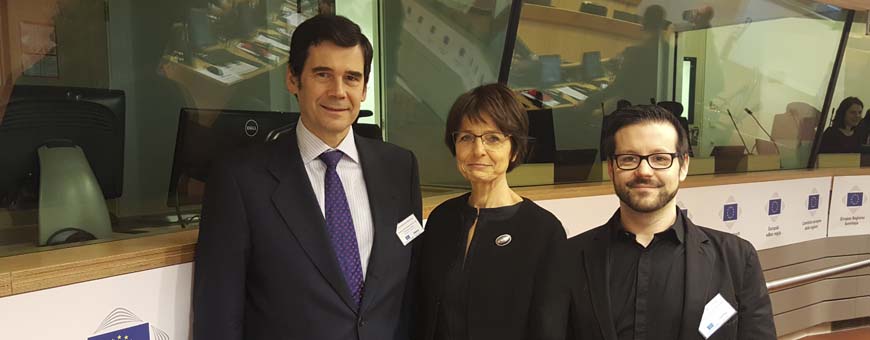Ah us pesky millennials. We want it all — not just a well-paying job that gives us a path toward advancement, we want to actually love what we do. And you gotta listen to us — by 2035 we’ll be three-quarters of the workforce!
But if happiness at work is such an important indicator for employee retention and success, we have to answer the age-old business question: How can we measure it? Today we dive into that question which looks to give insight into the intangible.
Are there tools to measure happiness?
We’re not going to definitively answer this question. The United Nations seems to be doing a pretty good job at measuring world happiness. And, yes, there are brain scans that sufficiently measure a range of emotions, but most companies don’t have the time or money to subject their employees to such tests. Instead we’re going to go through some tools that first and foremost encourage workplace happiness and, by the nature of them being apps and software, are measurable.
Happyforce: As you’ll learn later on in this piece, it’s important to make onboarding easy. Happyforce lets everyone fast-click a smiley to express how she or he is feeling. Then, the app allows follow-up in the form of feedback, and allows you to track it all with analytics so you can see the ups and downs of your team.
Bonusly: Sometimes the best way to measure happiness is through gratitude. By using a tool like Bonusly to facilitate peer-to-peer recognition, you not only motivate your team to say thank you more, but you can gain insights into company values and who are your most and least valued teammates, both good targets to nurture.
Track Your Happiness: Now this is an academic endeavour I promptly downloaded on my iPhone. Participate in this scientific research project and get insight into what’s making you happy — and when you’re doing something that doesn’t, it reminds you that maybe you should stop. As outlined in the founder’s TED talk, the app has already discovered that focusing on just one task unilaterally makes us happier.
Happiness Lab: Annual employee surveys are a proven failure because they aren’t timely or in context. This tool measures happiness anonymously and daily, so you get real-time insight — at both the individual and team level — to be acted upon quickly and measurably, on a scale of one to 100.
Forget tools, what if you just ask your team if they’re happy?
When reaching out to a community of happiness at work to crowdsource ideas for this piece, I got a bit of backlash. It seemed not everyone was convinced tools could accomplish measuring happiness or, if they can, maybe they shouldn’t. In a room of team coaches, there was a visible concern that using a tool only serves to distance us from the employees in question.
An Agile Coach Joshua Briggs said he preferred low-tech methods like the happiness door, which just invites random feedback — categorized by happy, sad, and neutral smileys — as folks enter and exit and the happiness chart, which has us introspectively focusing on our level of happiness. He says these techniques are simple and allow for individual customization.
“Plus, the low tech methods are typically easier to implement due to their low cost and no need to involve anyone outside of the team.”
He went onto admit that, “I’m sure this is situation dependent. The question I ask is: How accurate do we need to be? When it comes to measuring team happiness, I’m not sure we need to be that accurate.”
Josh said that he felt people who love to view and analyze data will prefer the tools, but “The personalization with offline tools, specifically those involving paper and markers, is that it allows for creativity and play. That’s not to say that you can’t be playful and creative with online tools, but there is something about going old school that’s super fun to me.”
I think a lesson from the offline that needs to be applied online is transparency. Any system can be gamed but, particularly for millennials, the idea of making this employee feedback equal opportunity across companies and hierarchies is essential, and making sure it’s honest and transparent is a must.
Have you used a tool to try to spread or measure happiness at work? Tell us about it on Twitter @TefDigital and @JKRiggins!









